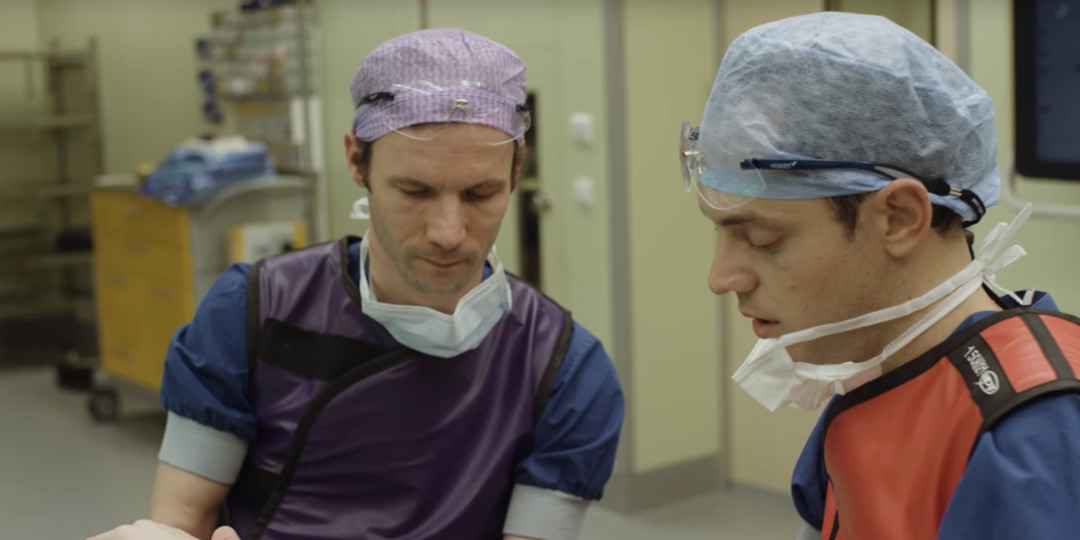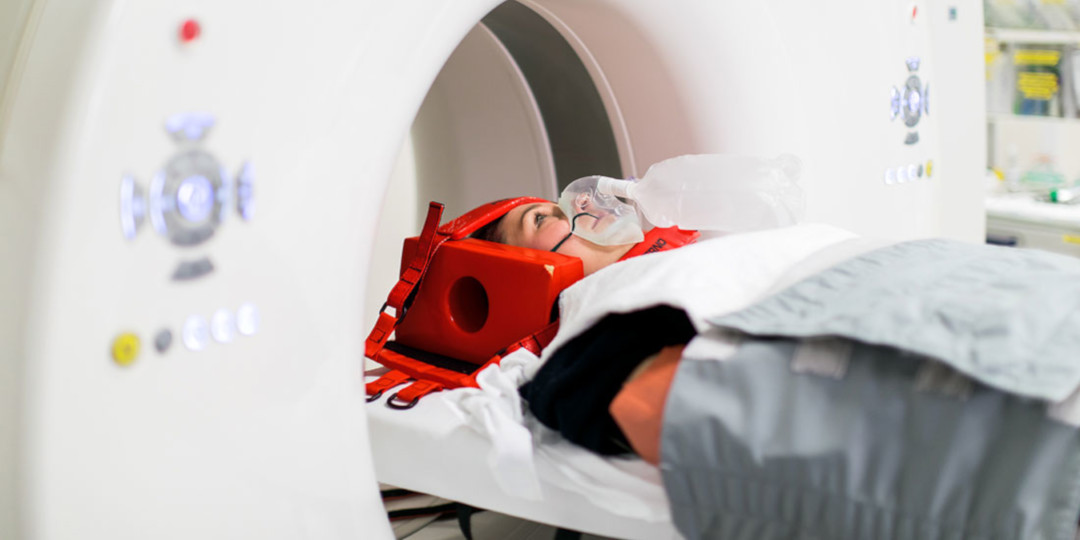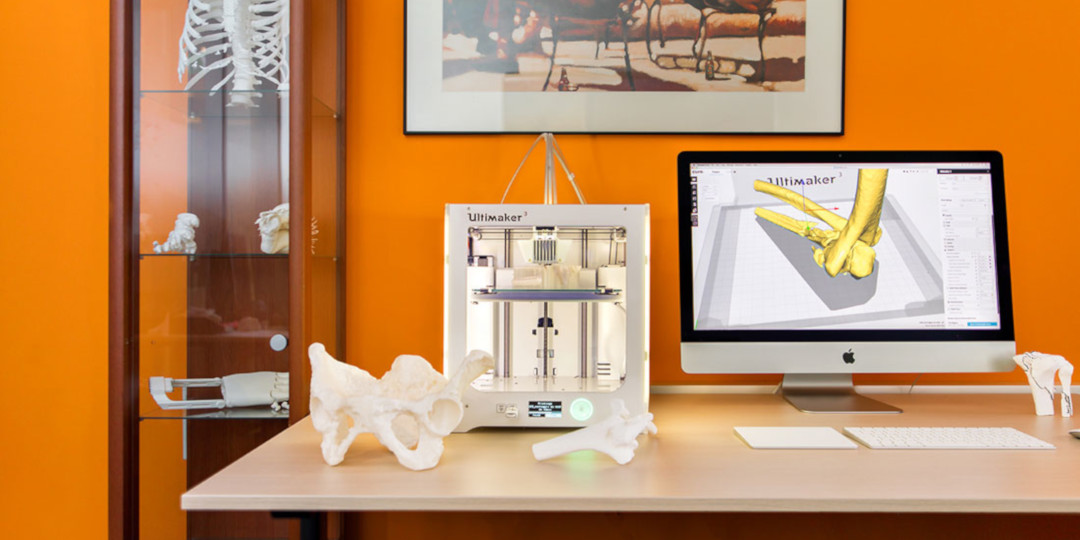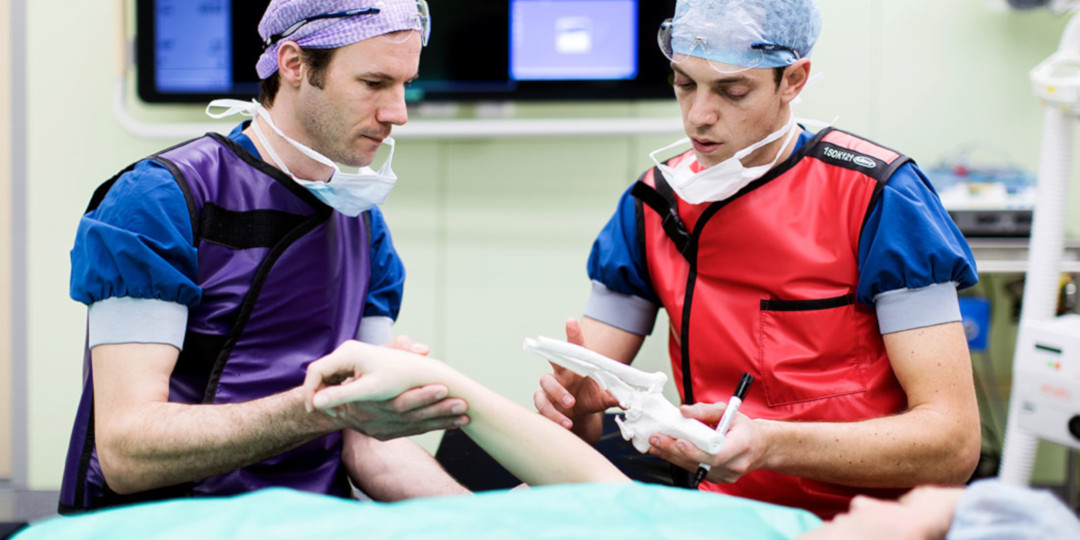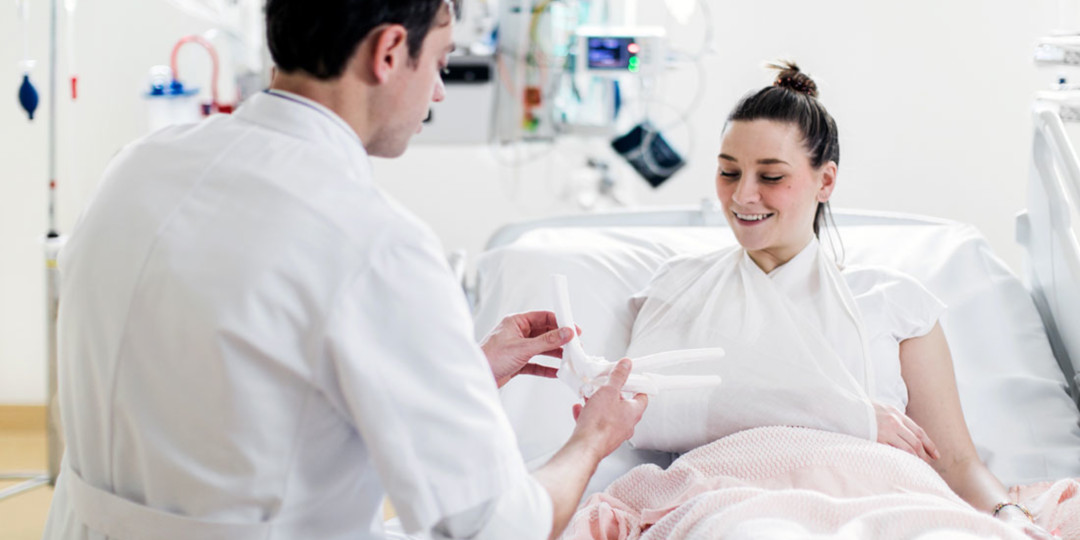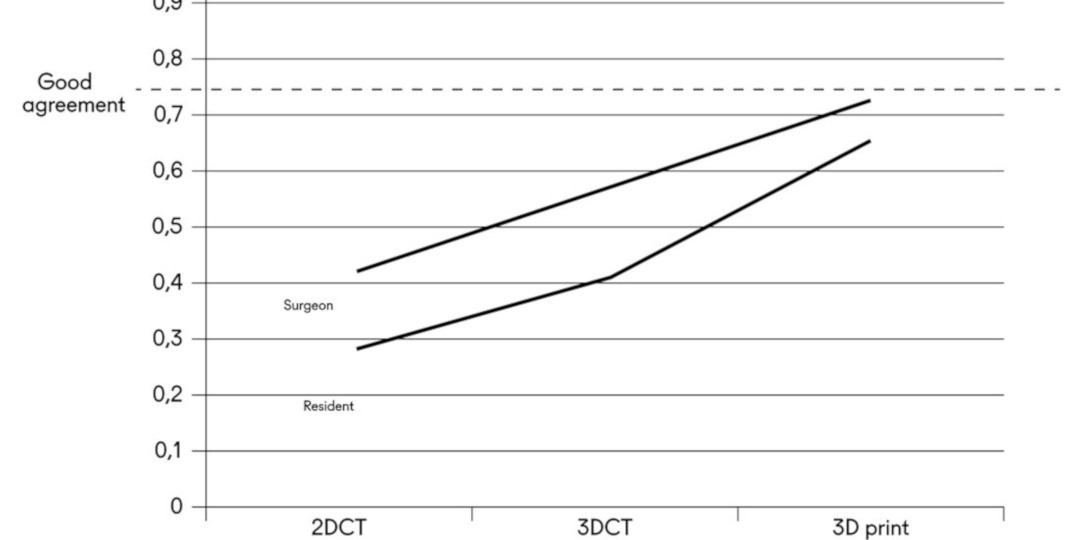3D printing is seeing increasingly widespread adoption in the medical field, with numerous examples of applications that help surgeons accurately plan cosmetic surgery. Now, the potential of 3D printing is being examined by hospitals treating patients who are fighting for their life.
The ETZ (Elisabeth-TweeSteden Ziekenhuis) is one of the eleven trauma centers in the Netherlands. As the only center in the country with trauma surgeons on location 24 hours a day, it serves as the main location for emergency patients in North Brabant. 3D printing has already been used to visualize bone fractures, but pioneering researchers believe it can also be used to help treat trauma patients.
Mike Bemelman, MD, trauma surgeon at the ETZ, had already seen the potential of 3D printing back in 2016. Together with Lars Brouwers, MD, PhD-candidate, and Koen Lansink, MD, trauma surgeon, they have started conducting research into the benefits and effectiveness of 3D printing, compared to traditional and other new technologies. Their idea is to 3D print scanned bone fractures in order to give both surgeons and patients a clear understanding of each situation, before operating.
Before 3D printing
In order to prepare for an operation, surgeons will analyze CT scans of the patient. Getting an exact idea of each situation is challenging, even for an experienced surgeon. CT scans are converted into a 3D reconstruction, enabling surgeons to examine it virtually on a computer screen. While this has improved the ease of understanding each situation, it has limitations: surgeons sometimes find it difficult to orient the model, and 3D reconstructions are viewed on a 2D screen, lacking a realistic sense of depth.
Creating a CT scan of the patient
3D printing fractured bones
Lars started using the Ultimaker to print fractured bone structures, allowing surgeons to analyze a fracture not only by looking at it, but also touching and rotating it, which gives important added value to the operation planning process. Using water-soluble PVA support material, complex, organic geometries can be accurately reproduced with small cavities and important details included.
Adapting 3D printing to the process
One challenge of adopting 3D printing was finding a simple and efficient way to convert DICOM files—the proprietary file format of CT scans—into 3D printable STL files. Using Philips IntelliSpace Portal, Lars is able to directly export a 3D model of the scan, which he can prepare in Ultimaker Cura, and send to the Ultimaker 3.
Printing a 3D model of a bone fracture from CT scan data.
Benefits for the patient
After the patient is in a stable condition, a CT scan is produced so that doctors can make a diagnosis. CT scan information is immediately available to Lars in the 3D print studio, where he can begin printing the fractured bone structure of the patient. The 3D print will be ready within a day, and is used by surgeons to plan the operation and explain the process to the patient before it happens.
Our goal was to investigate if 3D printing can be of added value in classifying acetabular fractures. The most important conclusion of our research is that 3D printing is of added value.
Results of Lars’ research
When a patient has a fracture, doctors will analyze the x-rays or 2DCT scans and decide on an appropriate treatment. The better the understanding of the situation, the more accurately the right procedure can be determined. Surgeons will reach a solution using an agreement scoring system, known as the kappa score. On average, surgeons with little experience have a kappa score around 0.2, using traditional 2DCT images. Surgeons with more years of experience have a kappa score around 0.4. Lars researched the agreement score when surgeons used other techniques such as 3DCT, 3D printing and VR visualization. Using a 3D printed model, both new and experienced surgeons scored a kappa of between 0.6 up to 0.7, which is the highest score of all methods.
The kappa co-efficient is used to measure agreement between surgeons.
The increased kappa score demonstrates the added value of 3D printing to the decision-making process. By conducting this research, Lars hopes to prove that 3D printing can be of added value to patient satisfaction, surgical satisfaction, operation time, and health-related quality of life for the patient.
Disclaimer: Ultimaker 3D printers are designed and built for Fused Filament Fabrication with Ultimaker engineering thermoplastics within a commercial/business environment. The mixture of precision and speed makes the Ultimaker 3D printers the perfect machine for concept models, functional prototypes and the production of small series. Although we achieved a very high standard in the reproduction of 3D models with the usage of Ultimaker Cura, the user remains responsible to qualify and validate the application of the printed object for its intended use, especially critical for applications in strictly regulated areas like medical devices and aeronautics.























